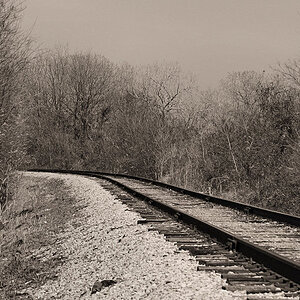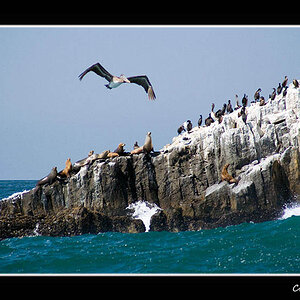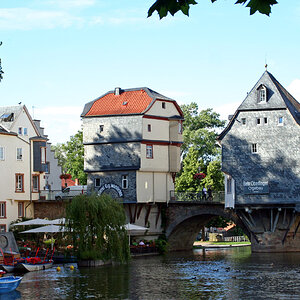kkamin
TPF Noob!
- Joined
- Aug 25, 2009
- Messages
- 515
- Reaction score
- 17
- Location
- Minneapolis
- Website
- www.kevinkaminphoto.com
- Can others edit my Photos
- Photos OK to edit
I challenge someone to explain this to me. This is very confusing for me. 
1. If I am at a set distance from a subject, with a set focal length and f-stop, and take a picture with a full frame (FF) camera and a 1.6x crop sensor camera, the depth of field should be the same right? The light entering the lens on both cameras is hitting the sensors in similar ways, but the crop sensor is only catching the middle 40% (approx.) of the projected image.
I read that if the FF shot in the above example was cropped to match the 1.6x crop shot, the depth of field would be identical. But why wouldn't it be identical before the crop? -- the FF would just have a larger field of view (FOV), more foreground, background, more everything...why would the depth of field potentially change?
2. With a crop sensor, to get the same FOV as a FF you need to either move back or shorten the focal length. Moving back will increase depth of field and...
...shortening the len's focal length to match the FOV of the FF camera will give 1.6x more DOF. Why? I know that if you keep the camera body constant but use different focal length lenses, the depth of field is the same. I just don't understand how the different sensor size change the DOF.
3. Lastly, I've read that when you reach the hyperfocal distance with a 1.6x crop sensor, you gain more than 1.6x more DOF. To me still, the image entering the lens and hitting the sensor has an inherent DOF regardless of the sensor size. I don't understand why a smaller sensor means more DOF... to me it just seems cropped--like if I took a random image into Photoshop and cropped it down to 40% of its size, it doesn't change DOF or anything.
The only things I really understand is changing distance to the subject to compensate for a smaller sensor will effect DOF, but that's the only variable in this subject that I get. help.

1. If I am at a set distance from a subject, with a set focal length and f-stop, and take a picture with a full frame (FF) camera and a 1.6x crop sensor camera, the depth of field should be the same right? The light entering the lens on both cameras is hitting the sensors in similar ways, but the crop sensor is only catching the middle 40% (approx.) of the projected image.
I read that if the FF shot in the above example was cropped to match the 1.6x crop shot, the depth of field would be identical. But why wouldn't it be identical before the crop? -- the FF would just have a larger field of view (FOV), more foreground, background, more everything...why would the depth of field potentially change?
2. With a crop sensor, to get the same FOV as a FF you need to either move back or shorten the focal length. Moving back will increase depth of field and...
...shortening the len's focal length to match the FOV of the FF camera will give 1.6x more DOF. Why? I know that if you keep the camera body constant but use different focal length lenses, the depth of field is the same. I just don't understand how the different sensor size change the DOF.
3. Lastly, I've read that when you reach the hyperfocal distance with a 1.6x crop sensor, you gain more than 1.6x more DOF. To me still, the image entering the lens and hitting the sensor has an inherent DOF regardless of the sensor size. I don't understand why a smaller sensor means more DOF... to me it just seems cropped--like if I took a random image into Photoshop and cropped it down to 40% of its size, it doesn't change DOF or anything.
The only things I really understand is changing distance to the subject to compensate for a smaller sensor will effect DOF, but that's the only variable in this subject that I get. help.



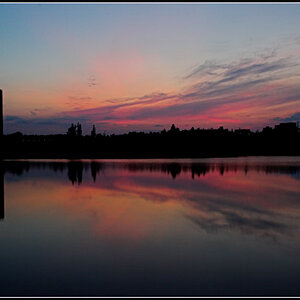
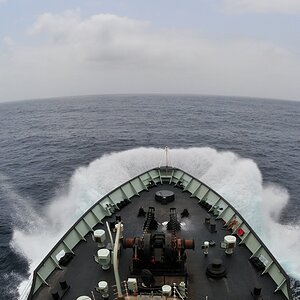
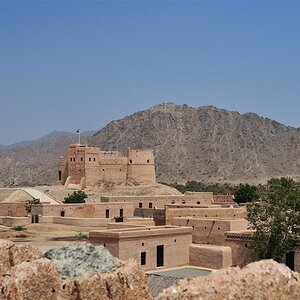
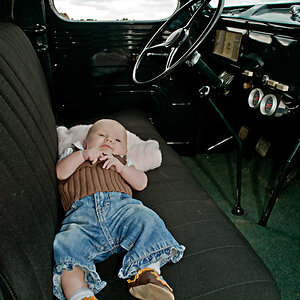
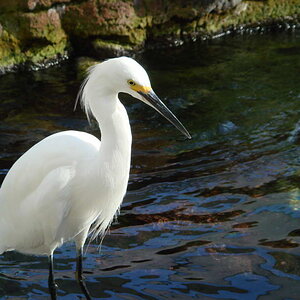
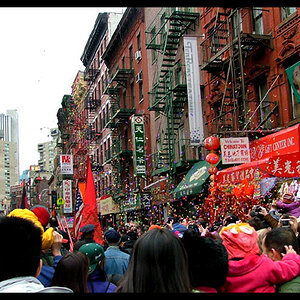
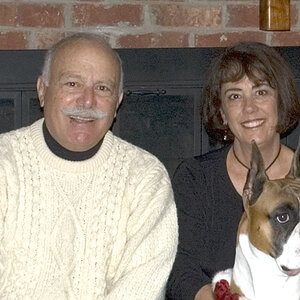
![[No title]](/data/xfmg/thumbnail/39/39443-45e1b162b6c7c1d8ebbc8faf5623b705.jpg?1619739034)
